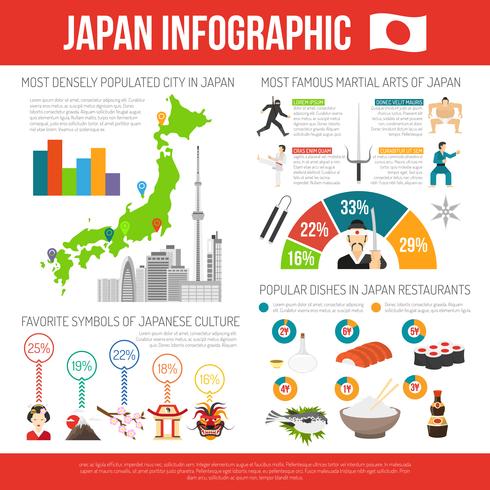The Journey And Makeover Of Martial Arts: Discovering Its Historical Structures And Modern-Day Methods
The Journey And Makeover Of Martial Arts: Discovering Its Historical Structures And Modern-Day Methods
Blog Article
Write-Up Composed By-Brooks Whitaker
Enter the globe of martial arts, where old beginnings and modern methods collide in an electrifying trip of self-control and self-discovery.
As you delve into the background and evolution of this fascinating art type, prepare to be astounded by the social influences, technical advancements, and extensive approach that have actually shaped it over centuries.
From the combat zones of ancient worlds to the training premises of today, martial arts have stood the test of time, frequently adapting and expanding.
Each strike, each activity, carries with it the weight of many years of practice and wisdom, passed down with generations. This is a story of strength, of warriors who sought not only physical prowess, but likewise inner strength and consistency.
Join us on this exceptional exploration as we reveal the tricks, the tales, and the transformational power of martial arts.
Prepare yourself to be influenced, tested, and forever changed by the background and development of martial arts.
Cultural Influences on Martial Arts
As you explore the history and advancement of martial arts, you'll swiftly uncover the remarkable ways in which social impacts have actually formed these fight techniques.
From the old people of China and India to the a lot more current developments in Japan and Brazil, martial arts have been heavily influenced by the cultures in which they stemmed.
As Recommended Webpage , Chinese martial arts, such as Kung Fu and Tai Chi, are deeply rooted in the ideology of Taoism and the idea of Yin and Yang.
In contrast, Japanese martial arts, like Karate and Judo, reflect the samurai warrior traditions and the values of discipline and honor.
Likewise, Brazilian fighting style, Capoeira, incorporates components of African dancing and songs, reflecting the cultural heritage of African servants in Brazil.
These cultural affects not just offer each fighting style its one-of-a-kind characteristics yet additionally provide a much deeper understanding of the historic and social contexts in which they developed.
Technological Innovations and Martial Arts
With the increase of advanced weapons and ingenious training tools, you've had the ability to improve your skills and adjust to the ever-changing combat landscape.
Technological improvements have reinvented the means martial arts are exercised and educated. Virtual reality simulations now enable you to train in realistic fight situations without the threat of physical injury. High-speed cams capture every step, enabling you to evaluate and ideal your techniques. Wearable gadgets monitor your heart rate, breathing, and muscular tissue activation, giving instantaneous feedback on your performance.
Furthermore, the growth of specialized equipment, such as resistance bands and agility ladders, has actually allowed you to improve your rate, stamina, and agility. These technical developments have not just made training much more effective yet have actually also pushed the limits of what is feasible in martial arts, allowing you to get to new heights in your method.
The Approach and Concepts of Martial Arts
The viewpoint and principles of martial arts are deeply rooted in shaping your frame of mind and instilling technique, emphasis, and regard in your method.
1. State of mind: Martial Arts teaches you to create a strong and resilient way of thinking. simply click the up coming webpage enables you to get rid of difficulties both on and off the mat, pushing your limits and standing firm despite misfortune.
2. Discipline: Martial Arts demands self-control and self-discipline. Via regular training and adherence to strict guidelines and techniques, you find out to manage your impulses and establish a strong job principles.
3. Emphasis: Martial Arts requires extreme emphasis and focus. By educating your mind to be present in the moment, you enhance your capacity to respond promptly and efficiently throughout combat scenarios.
4. Respect: Martial Arts stresses regard for oneself, instructors, training companions, and opponents. It shows you to value the skills and experiences of others, fostering a sense of sociability and gamesmanship.
Final thought
Congratulations on finishing your journey with the captivating world of martial arts! Throughout this exploration, you have seen the abundant background and exceptional development of these combat methods.
From their old beginnings to the modern-day methods we see today, martial arts have been formed by cultural influences.
The combination of technology has additionally played a substantial duty in reinventing the means martial arts are shown and practiced in today day.
However, it is essential to keep in mind that martial arts are more than simply physical fight. They include profound viewpoints and leading principles that go beyond the mere act of battling.
Take a moment to review this anachronistic journey and value exactly how the legacy of martial arts continues to flourish in today, transcending time and borders.
